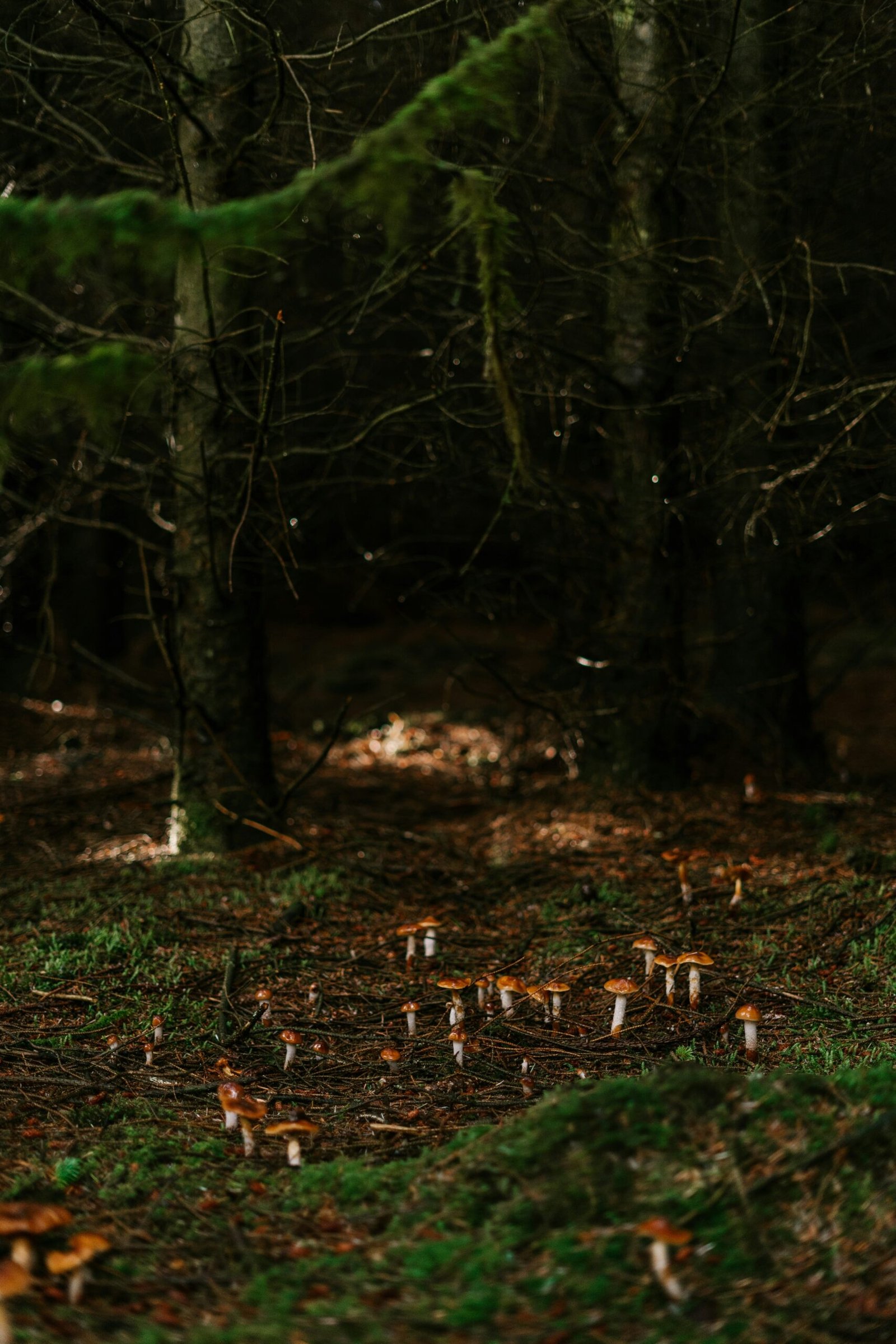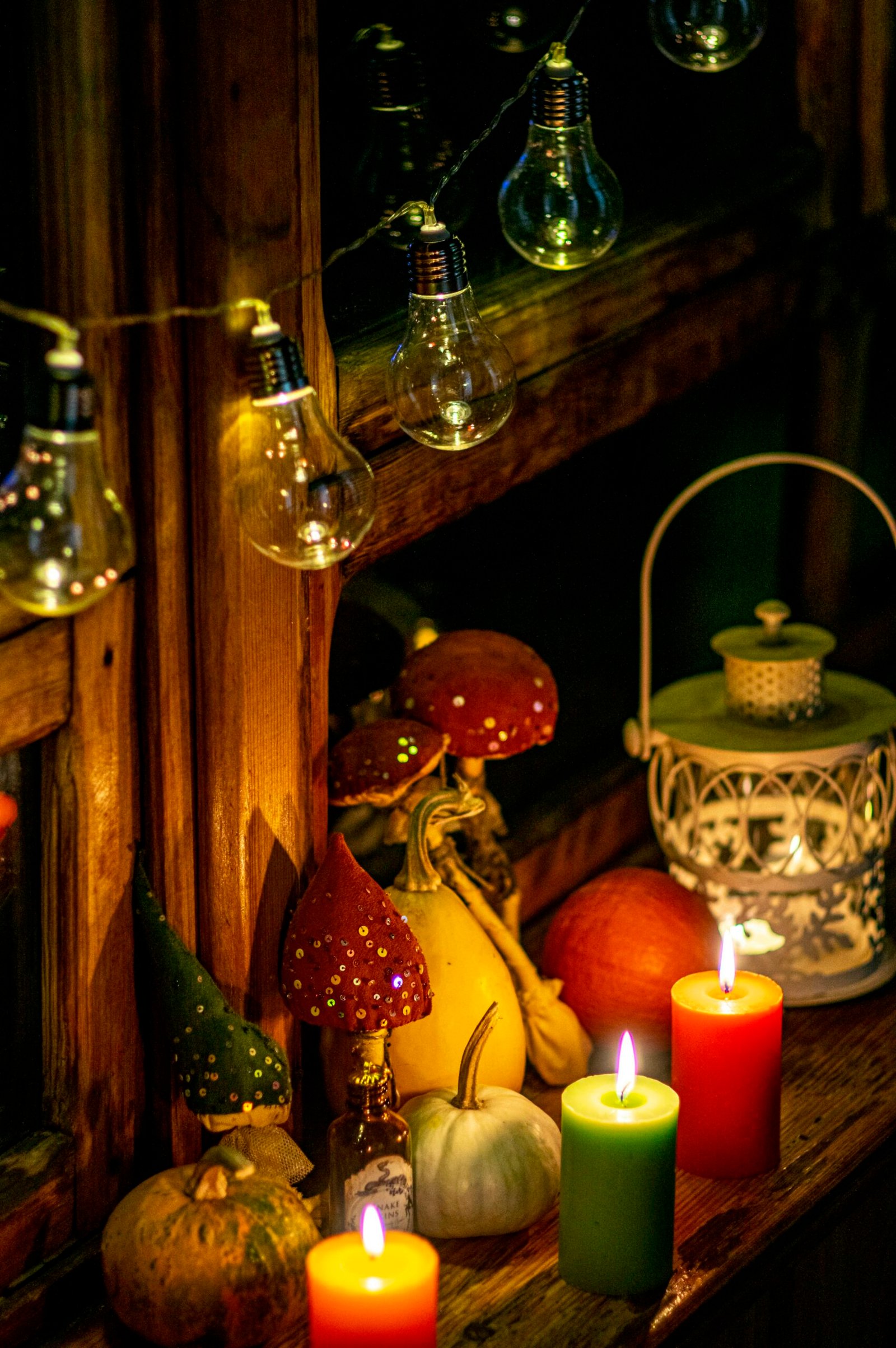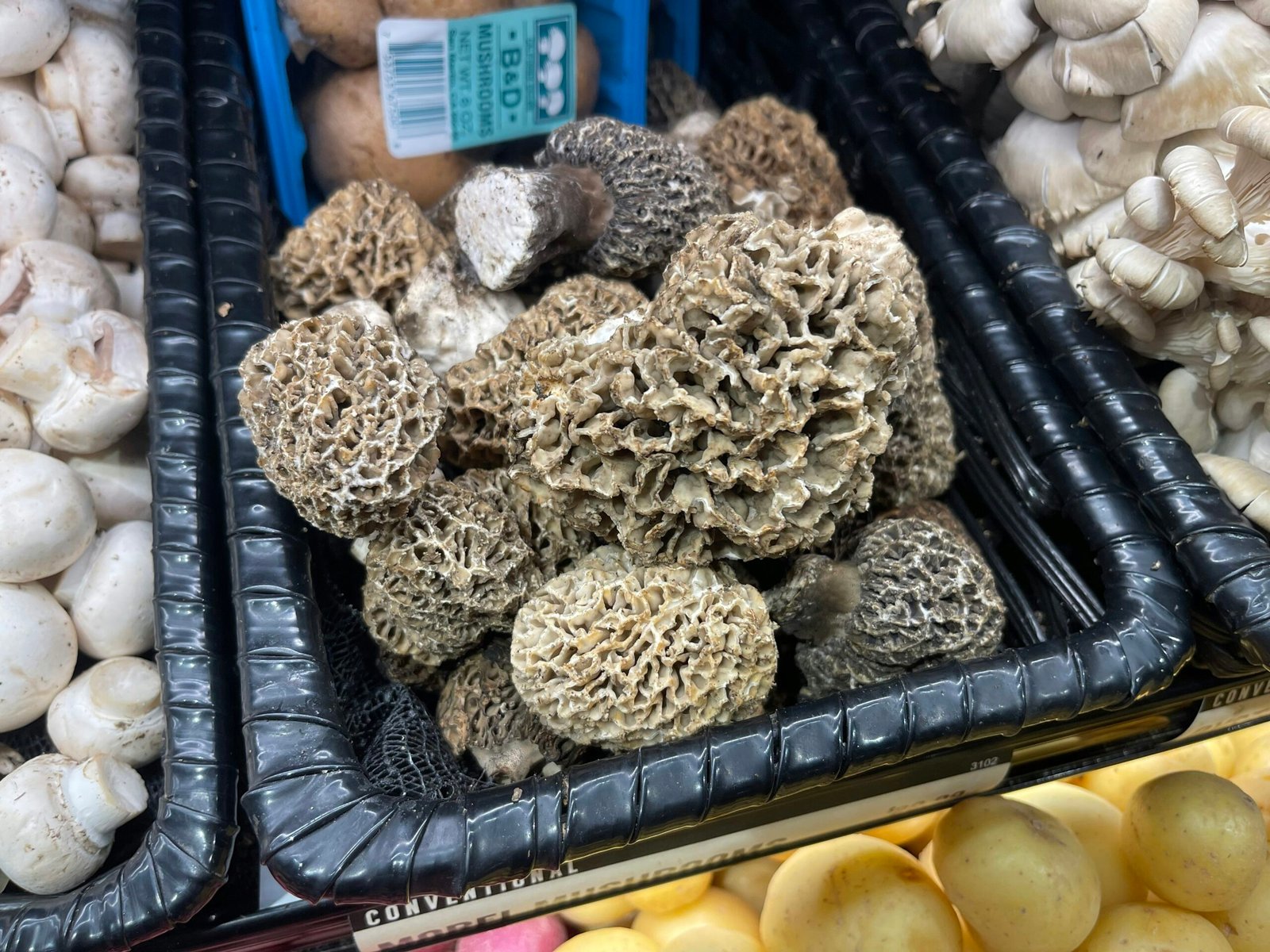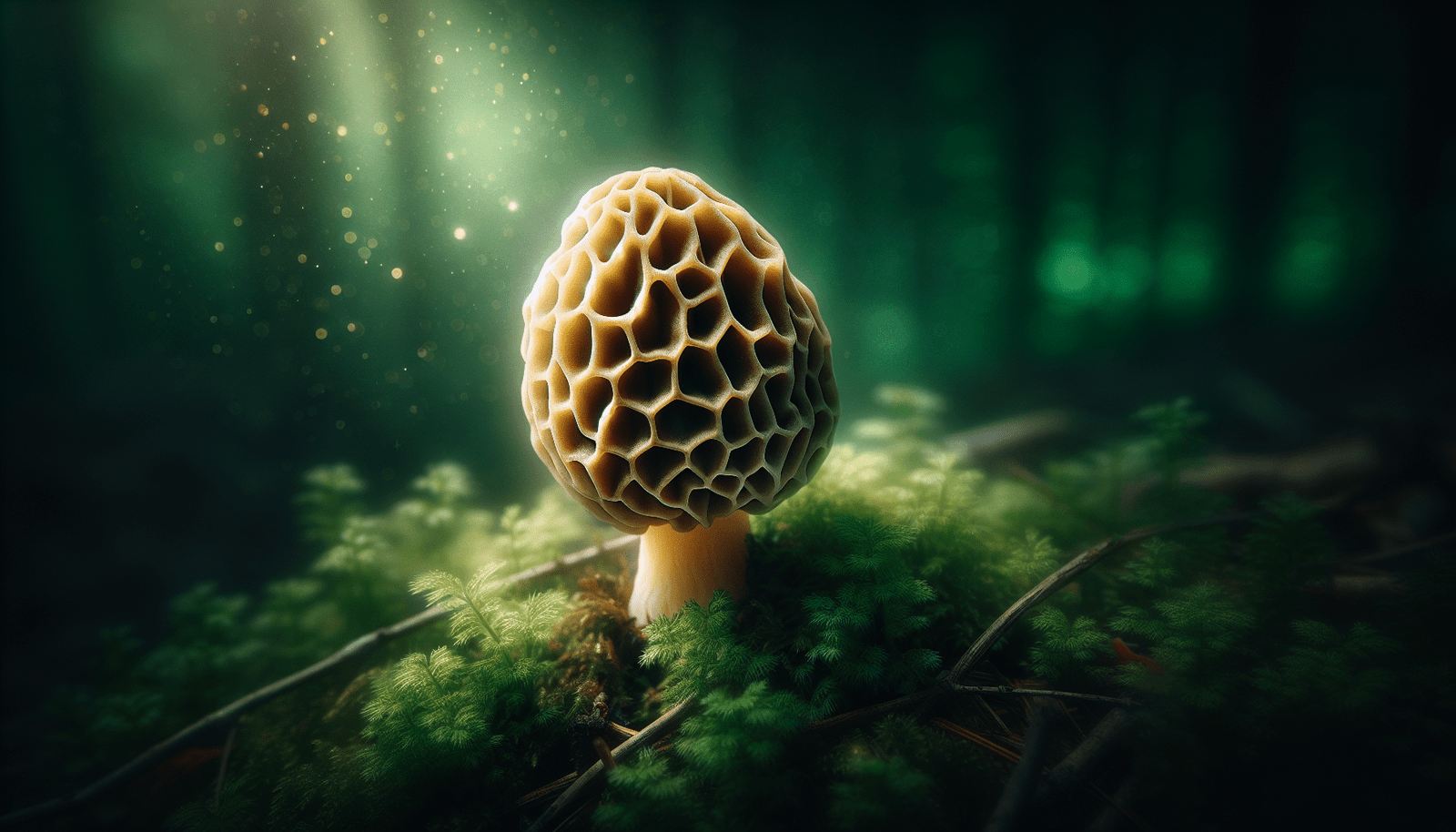Have you ever wondered about the connections between the natural world and the foods we savor? One intriguing example is Morchella esculenta, more commonly known as the morel mushroom. This fascinating fungus has been a subject of curiosity and delight for thousands of years, revered not only for its unique taste but also for its mysterious life cycle and ecological importance.
Introduction to Morchella Esculenta
Morchella esculenta, often simply called the morel, is a species of edible mushroom highly prized by chefs and foragers alike. Despite its culinary popularity, many aspects of its biology and habitat remain enigmatic. Let’s embark on an exploration to uncover the secrets of this remarkable organism.
What is Morchella Esculenta?
Morchella esculenta belongs to the genus Morchella in the Ascomycota division of fungi. It’s distinguished by its distinctive honeycomb-like appearance, characterized by a network of ridges and pits on its cap. Morels come in various shapes and colors, but the yellow morel, which ranges in color from pale cream to yellow-brown, is the most commonly recognized.
Historical Significance
Historically, morels have been noted in ancient texts and folklore. They were highly regarded in many cultures for their supposed medicinal properties and culinary uses. In some regions, they were even used as currency. Their sporadic and unpredictable appearance further added to their mystique.
The Biology of Morchella Esculenta
Understanding the morel’s biology requires a dive into the world of fungi. Fungi are a kingdom of their own, distinct from plants, animals, and bacteria. Morels, specifically, exhibit characteristics that make them particularly fascinating.
Mycelium: The Underground Network
The morel mushroom you see above ground is just the fruiting body. Below the surface lies an extensive network of thread-like structures called mycelium. This mycelium serves as the ‘root’ of the fungus, absorbing nutrients from the surrounding environment.
Spore Production
Morel mushrooms produce spores as part of their reproductive process. The honeycomb structure of their caps maximizes surface area, allowing the release of many spores into the environment. These spores are then transported by wind, water, or animals and can potentially grow into new mycelium under suitable conditions.
Morel Life Cycle
The life cycle of morels includes both sexual and asexual reproduction. Sexual reproduction involves the fusion of two compatible mycelia, leading to the formation of spores. Asexual reproduction, on the other hand, can occur through the fragmentation of the mycelium. The exact conditions that trigger the fruiting of morels remain partially understood, contributing to their elusive nature.

Habitats and Growth Conditions
Morels have specific habitat requirements, which makes them somewhat challenging to locate. However, knowing where and when to look can significantly increase your chances of finding them.
Preferred Habitats
Morels are typically found in temperate forests with deciduous trees like elms, ashes, and oaks. They thrive in moist, well-drained soil rich in organic matter. In addition to forests, morels can occasionally be found in disturbed areas such as old orchards, burned forests, and areas with dead or dying trees.
Climate Factors
Temperature and moisture are crucial for the growth of morels. They usually appear in the spring, following a period of consistent rainfall and warming temperatures. In most regions, the ideal time for finding morels is from late March to early June.
Optimal Conditions for Morel Growth
| Factor | Optimal Condition |
|---|---|
| Temperature | 50-70°F (10-21°C) |
| Soil Moisture | Moist but well-drained |
| Soil Type | Rich in organic material, loamy |
| Trees | Presence of deciduous trees |
| Season | Spring (late March to early June) |
Symbiotic Relationships
Morels often form symbiotic relationships with trees, a condition known as mycorrhiza. In this mutually beneficial association, the morel’s mycelium envelops the tree roots, aiding in water and nutrient absorption. In return, the tree supplies the morel with carbohydrates produced through photosynthesis.
Foraging and Identifying Morels
Foraging for morels is a popular springtime activity. However, it requires knowledge and caution to ensure a safe and successful hunt.
Identification Tips
Identifying morels correctly is crucial since some false morel species can be toxic. True morels have a distinct appearance: a hollow interior, a honeycomb-like cap, and a cap that is attached directly to the stem. False morels might have a cap that hangs freely from the stem and are often not completely hollow.
Look-Alike Species
Here’s a comparison table to help you differentiate between true morels and their toxic look-alikes:
Comparison of True and False Morels
| Feature | True Morel (Morchella esculenta) | False Morel (Gyromitra spp.) |
|---|---|---|
| Cap Shape | Honeycomb-like, pits and ridges | Brain-like, wrinkled |
| Cap Color | Yellow to brown | Red, brown, or purplish |
| Hollow | Entire mushroom is hollow | Often chambered or solid |
| Cap Attachment | Attached directly to the stem | Cap hangs freely or is partially attached |
| Toxicity | Edible | Potentially toxic or deadly |
Good Foraging Practices
- Sustainable Harvesting: Only take what you need and leave some morels behind to ensure spores can reproduce for future growth.
- Unauthorized Foraging: Always obtain permission when foraging on private land, and follow any regulations in public areas.
- Safety First: When in doubt, don’t eat it. Proper identification and preparation are key to safe foraging.

Culinary Uses and Health Benefits
Morels are not only a delightful addition to many dishes, but they also offer numerous health benefits. Their unique flavor and texture make them a sought-after ingredient in gourmet cooking.
Nutritional Profile
Morels are low in calories yet packed with nutrients. They are an excellent source of protein, dietary fiber, and several vitamins and minerals.
Nutritional Content of Morel Mushrooms (per 100g)
| Nutrient | Amount |
|---|---|
| Calories | 31 kcal |
| Protein | 3.1 g |
| Fat | 0.6 g |
| Carbohydrates | 5.1 g |
| Fiber | 2.8 g |
| Vitamin D | 5.1 μg |
| Iron | 12.2 mg |
| Phosphorus | 194 mg |
Culinary Preparation
Here are some popular ways to enjoy morels:
- Sautéed: Simply sautéing in butter with a touch of garlic and herbs preserves their unique flavor.
- Stuffed: Filling morels with a mixture of cheese, herbs, or meat creates a delicious appetizer.
- In Soups and Sauces: Morels add depth and richness to various broths and cream-based sauces.
- Dried: Dried morels can be rehydrated and used year-round. The soaking liquid adds an extra layer of flavor to soups and stews.
Health Benefits
Morels are believed to offer several health benefits, including:
- Antioxidant Properties: Morels contain various antioxidants that may help protect cells from damage.
- Immune System Support: Some studies suggest morels can support immune function through their polysaccharide content.
- Nutrient-Dense: Rich in essential vitamins and minerals, including vitamin D, iron, and phosphorus, morels can contribute to a balanced diet.
Cultivating Morels: Challenges and Successes
Growing morels commercially presents several challenges due to their unique and specific environmental needs. However, progress has been made in understanding how to cultivate them successfully.
The Challenge of Cultivation
Morels are notoriously difficult to cultivate compared to other mushrooms due to their complex life cycle and specific symbiotic relationships with trees. Attempts to grow them have been met with varied success, often requiring highly controlled conditions.
Successful Cultivation Methods
Some breakthroughs in morel cultivation have been achieved. Techniques typically involve creating an optimal growth environment that mimics natural conditions. This may include:
- Controlled Temperature and Humidity: Replicating the natural climate conditions of spring.
- Soil Preparation: Using soil rich in organic matter and mimicking the composition of forest floors.
- Symbiotic Partners: Introducing compatible trees or simulating their presence to foster mycorrhizal relationships.

Ecological Importance of Morels
Beyond their culinary and medicinal uses, morels play essential roles in their ecosystems. They contribute to nutrient cycling, support forest health, and benefit various other organisms.
Role in Nutrient Cycling
As decomposers, morels break down organic matter, recycling nutrients back into the soil. This process makes essential nutrients available for other plants and organisms, thus maintaining ecosystem health.
Forest Health and Biodiversity
By forming mycorrhizal relationships with trees, morels help support tree health and, consequently, forest ecosystems. Healthy forests, in turn, sustain diverse species of plants, animals, and other fungi, fostering biodiversity.
Indicator Species
The presence of morels can indicate certain environmental conditions, such as soil health and the well-being of forest ecosystems. Their appearance after forest fires can signal the recovery of soil health, as they are known to thrive in post-burn sites.
Fascinating Facts about Morels
The world of morels is filled with interesting anecdotes and discoveries that highlight their unique place in nature and culture.
Morels and Wildfires
Morels are sometimes referred to as “fire morels” because they often appear in abundance in areas recently affected by wildfires. This phenomenon has made post-burn sites popular for morel foraging.
Historical Legends
Many legends revolve around morels. In some Native American cultures, morels were considered spiritual symbols of renewal and rebirth due to their appearance in springtime and post-fire landscapes.
Scientific Discoveries
Research into morels has revealed their potential medicinal properties. Early studies suggest that morels may have antimicrobial and antifungal compounds that could be valuable in pharmaceutical development.

Conclusion
The mysteries of Morchella esculenta are vast and multifaceted. From their unique biology and complex life cycle to their culinary delights and ecological importance, morels hold a special place in both nature and human culture. Whether you’re an avid forager, a culinary enthusiast, or a curious naturalist, the world of morels offers endless fascination and discovery. By understanding and appreciating these remarkable fungi, you can join the ranks of those who cherish their contributions to our natural and gastronomic heritage.
